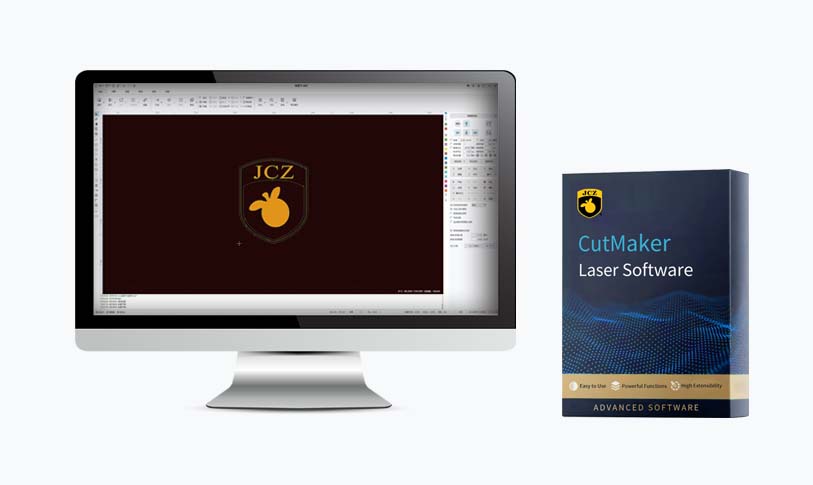[pulsed laser]Pulsed Lasers: An Introduction to Their Applications and Benefits
News 2025-6-12
In today's technological landscape, pulsed lasers have become an indispensable tool in various fields ranging from manufacturing to medicine. This article will explore the concept of pulsed lasers, their underlying principles, and the numerous applications that have made them so important in our modern world.

Pulsed Lasers: An Introduction to Their Applications and Benefits
One of the most significant benefits of pulsed lasers is their precision. With their ability to deliver precise amounts of energy to a specific target, pulsed lasers are ideal for cutting, drilling, and engraving materials. In manufacturing, this precision allows for the creation of complex designs and structures that would be difficult to achieve using traditional methods. In addition, pulsed lasers can also be used for welding, soldering, and surface treatment applications.
Beyond manufacturing, pulsed lasers have numerous other applications. In medicine, they are used for surgical procedures such as eye surgery and skin treatments. Pulsed lasers are also employed in dentistry for various dental procedures, including tooth restoration and gum surgery. In addition, they are used in ophthalmology for correcting refractive errors and treating various eye diseases.

Pulsed Lasers: An Introduction to Their Applications and Benefits
However, pulsed lasers are not without their challenges. Their high-intensity pulses can cause damage if not properly controlled or used. Therefore, it is crucial to have proper training and understanding of how to safely operate these devices. Additionally, the cost of pulsed laser systems can be high, limiting their use in some applications.
